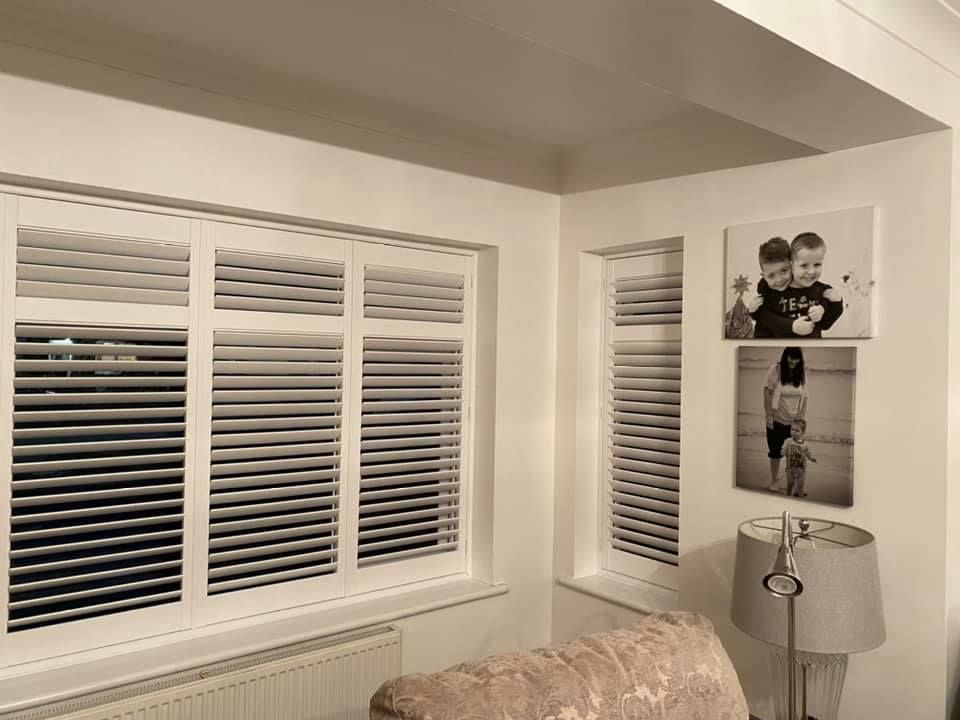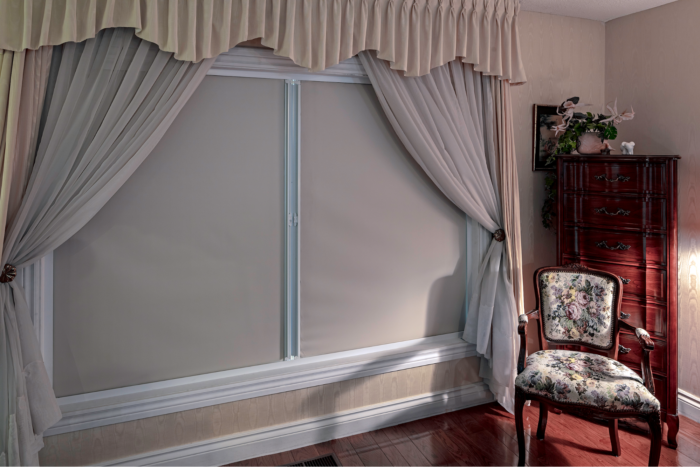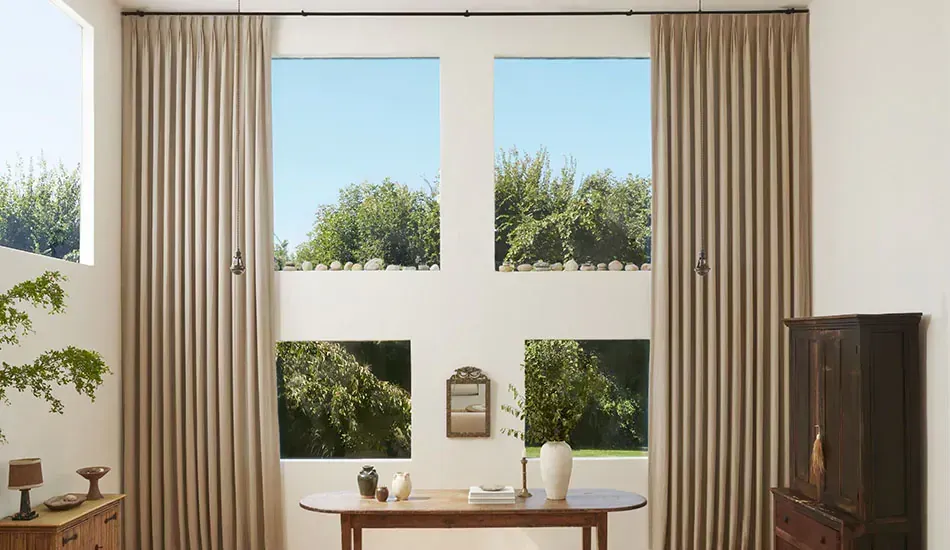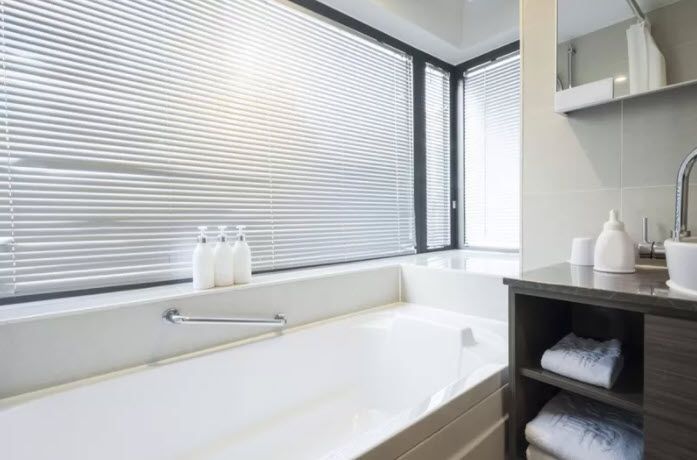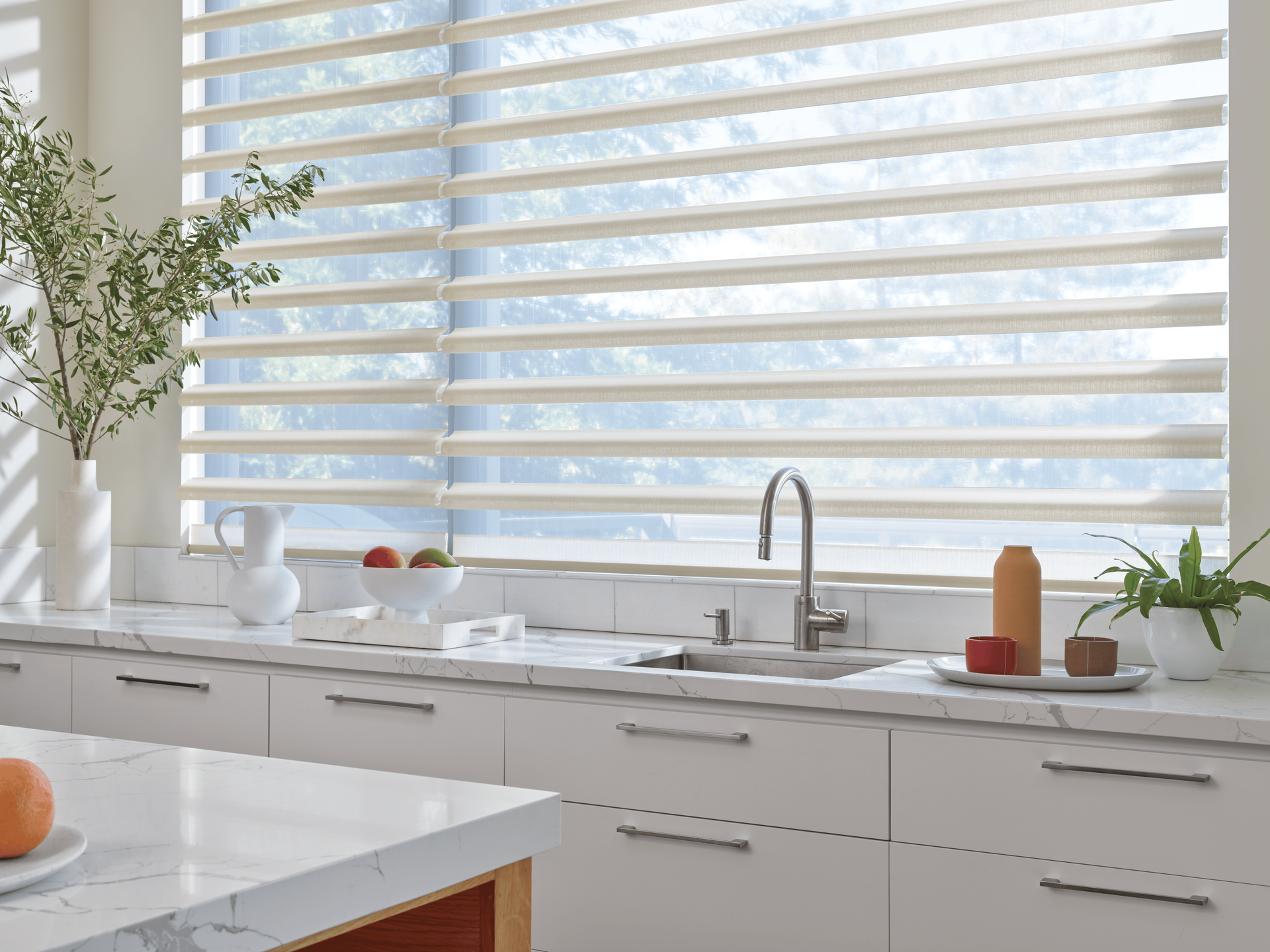How to Choose Window Treatments for Homes with Seasonal Allergies
TLDR;
To reduce allergens at home, choose
window treatments that are hypoallergenic, easy to clean, and non-fabric-based. Options like roller shades, vertical blinds, and plantation shutters are ideal for improving indoor air quality and minimizing dust, pollen, and pet dander buildup.
The Overlooked Role of Window Treatments in Seasonal Allergies
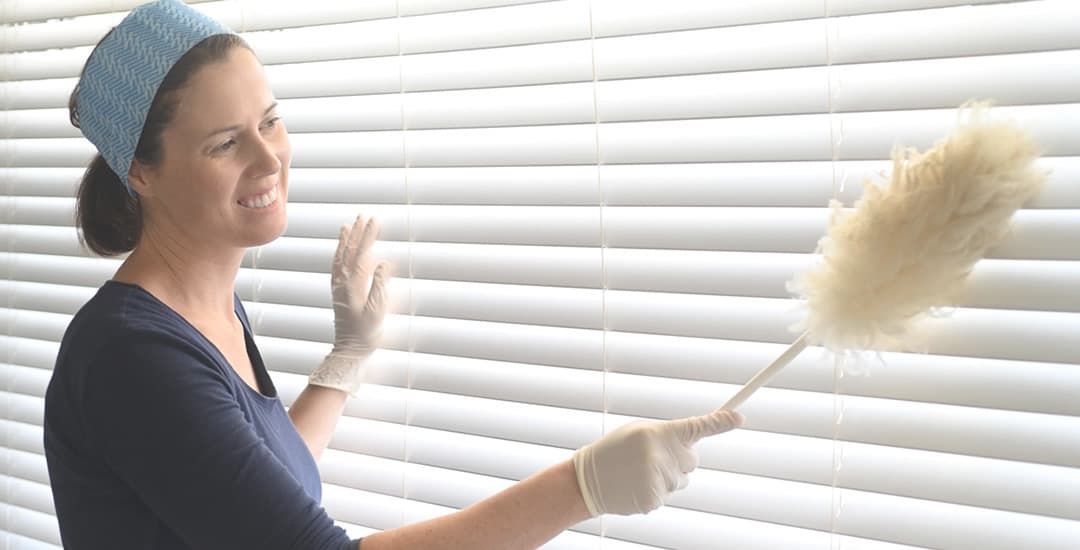
Nearly 50 million Americans suffer from allergies each year, and many of those triggers originate inside the home. What most homeowners don't realize is that the fabric on your windows can quietly harbor dust, pollen, pet dander, and mold spores — worsening your seasonal allergies.
At Love Is Blinds MI, we help you eliminate these hidden sources by choosing smarter, allergy-safe window treatments that actively support cleaner, healthier air indoors.
What Are Indoor Allergens and Why Do They Matter?
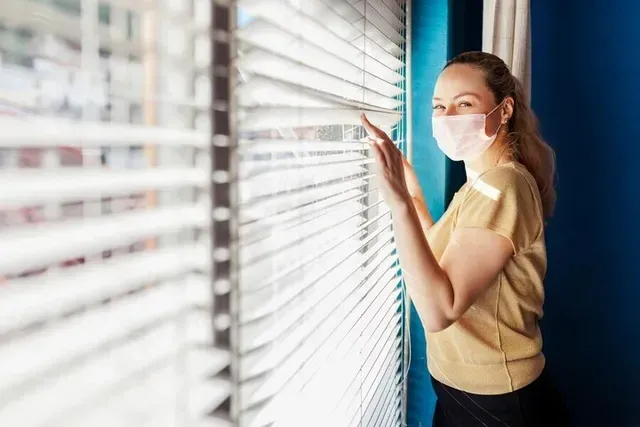
Indoor allergens are tiny airborne particles that can trigger allergic reactions or worsen asthma. These include:
- Dust mites – often embedded in fabric window coverings
- Pollen – can blow in through open windows and settle on curtains
- Pet dander – tiny skin flakes that cling to soft surfaces
- Mold spores – thrive in humid areas like kitchens or bathrooms
Unlike outdoor allergens that vary with the season, indoor allergens can affect you year-round — and your choice of window treatments either traps them or helps repel them.
Common Sources of Indoor Allergens:
- Upholstered furniture
- Curtains and drapes
- HVAC vents and filters
- Damp environments like bathrooms and basements
Soft, porous fabrics trap allergens. Hard, smooth surfaces repel them and are easier to clean — making a big difference in allergy control.
How to Choose Hypoallergenic Window Treatments

The best window treatments for allergy sufferers are designed to resist trapping allergens and allow for easy, frequent cleaning. Here's what to look for:
Key Features of Allergy-Friendly Window Coverings:
- Smooth, non-porous surfaces – minimizes dust buildup
- Easy to wipe or vacuum – ideal for regular maintenance
- Moisture-resistant materials – reduce mold and mildew risks
- Cordless or motorized options – limits contact and agitation of particles
- Non-toxic materials – avoid chemicals that can irritate sensitive respiratory systems
Recommended Certifications:
- GREENGUARD Gold – ensures low chemical emissions
- OEKO-TEX Standard 100 – confirms textiles are tested for harmful substances
- CertiPUR-US – safe foams and composite materials
Top Window Treatment Options for Allergy Control
Roller Shades

Roller shades are one of the top choices for allergy-prone homes and are also popular as Home Theater Window Treatments due to their clean lines and excellent light-blocking capabilities.
- Pros:
- Flat surface collects minimal dust
- Easy to wipe down
- Available in PVC-free and non-toxic materials
- Cons:
- Less insulating than cellular shades
- Limited light control options
Perfect for: bedrooms, offices, minimalist interiors
Cellular (Honeycomb) Shades
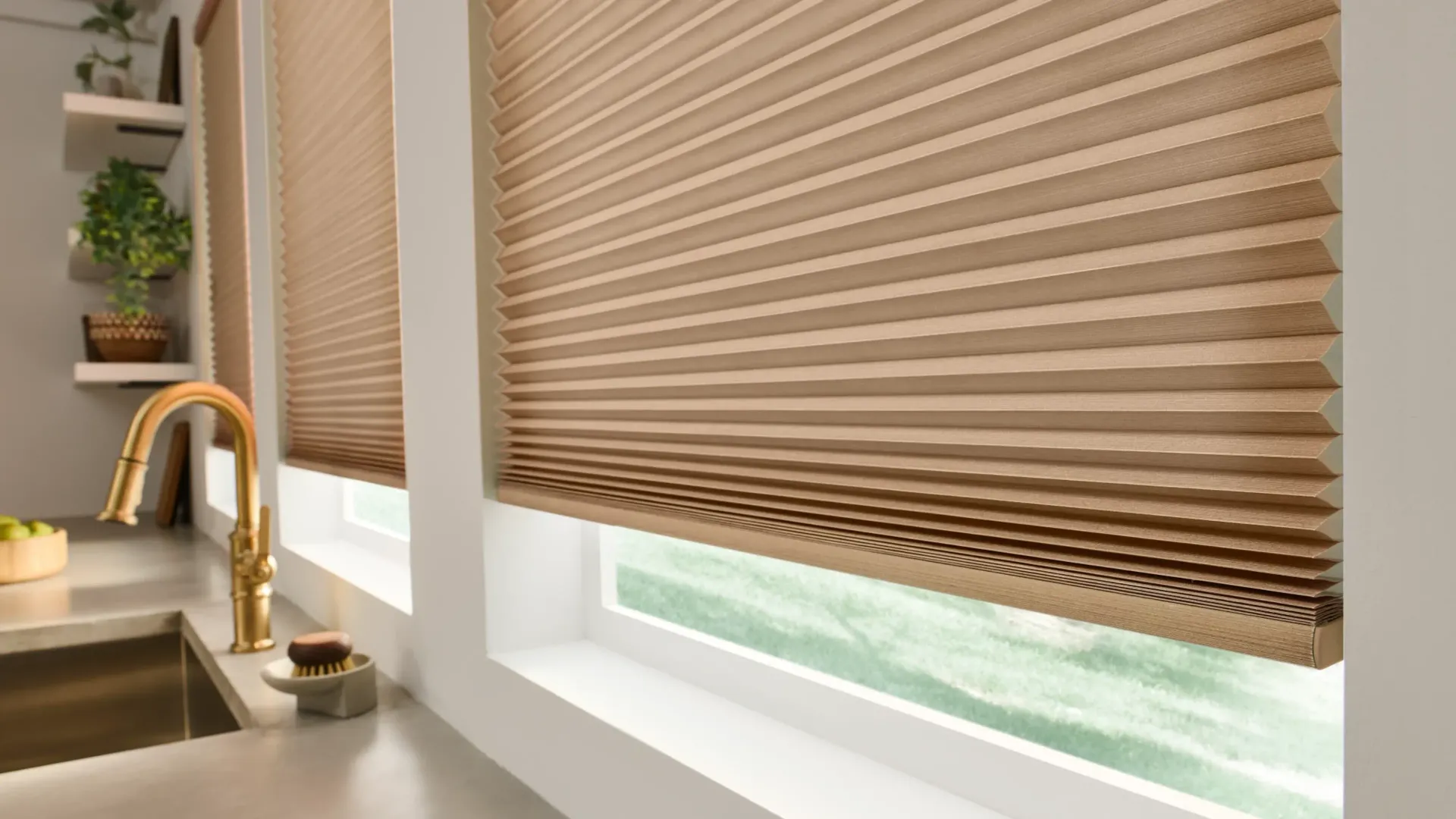
Cellular shades are excellent for both insulation and reducing airborne particles.
- Pros:
- Available in anti-static, dust-resistant materials
- Excellent temperature control
- Many are GREENGUARD certified
- Cons:
- Requires vacuuming with a soft brush
- Cells can trap dust if not cleaned regularly
Perfect for: bedrooms, nurseries, energy-efficient homes
Vertical Blinds

Vertical blinds are ideal for larger windows and sliding doors in allergy-conscious homes.
- Pros:
- Hard-surface slats repel dust
- Easy to wipe clean
- Less horizontal surface area = less dust settlement
- Cons:
- Can clatter in windy areas
- May not suit small windows aesthetically
Perfect for: living rooms, patio doors, tall windows
Plantation Shutters
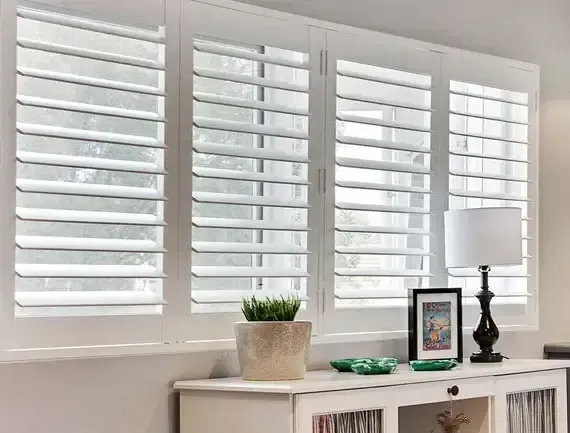
These timeless window treatments are highly effective for allergy relief.
- Pros:
- Solid surfaces make cleaning simple
- Durable and long-lasting
- Faux wood options resist moisture and warping
- Cons:
- Higher cost upfront
- Require dusting between slats
Perfect for: bathrooms, kitchens, classic home designs
Comparison Table: Allergy-Resistance Score
| Treatment Type | Material Surface | Ease of Cleaning | Moisture Resistance | Allergen Resistance |
|---|---|---|---|---|
| Roller Shades | Smooth | Very Easy | Moderate | High |
| Cellular Shades | Textured | Moderate | Low-Moderate | Moderate-High |
| Vertical Blinds | Smooth | Easy | Moderate | High |
| Plantation Shutters | Smooth/Hard | Easy | High (faux wood) | High |
Room-by-Room Window Treatment Guide for Allergy Relief
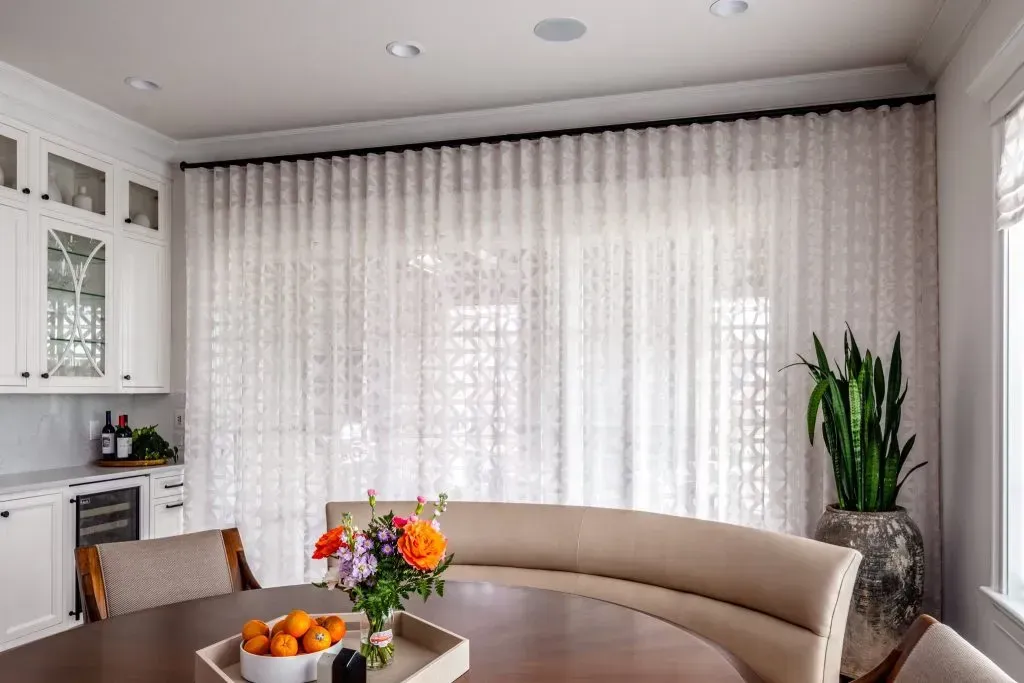
Best Bedroom Blinds for Allergies
- Go for
blackout cellular
shades with dust-resistant coating
- Keep fabrics minimal or avoid altogether
- Consider pairing with an air purifier for nighttime relief
What Window Treatments Are Good for Allergy-Prone Kitchens?
- Faux wood shutters or
vinyl
roller shades
- Humidity-resistant and mold-repellent
- Easy to wipe down after cooking
Best Living Room Window Treatments for Pet Owners
- Choose
vertical blinds to reduce fur buildup
- Install
motorized options to limit dust dispersion
- Avoid thick curtains that trap dander
Child-Safe Hypoallergenic Curtains for Nurseries
- Use
OEKO-TEX certified cellular shades
- Go
cordless to prevent safety hazards
- Dust and clean weekly with a HEPA vacuum
How to Clean Blinds to Reduce Allergens
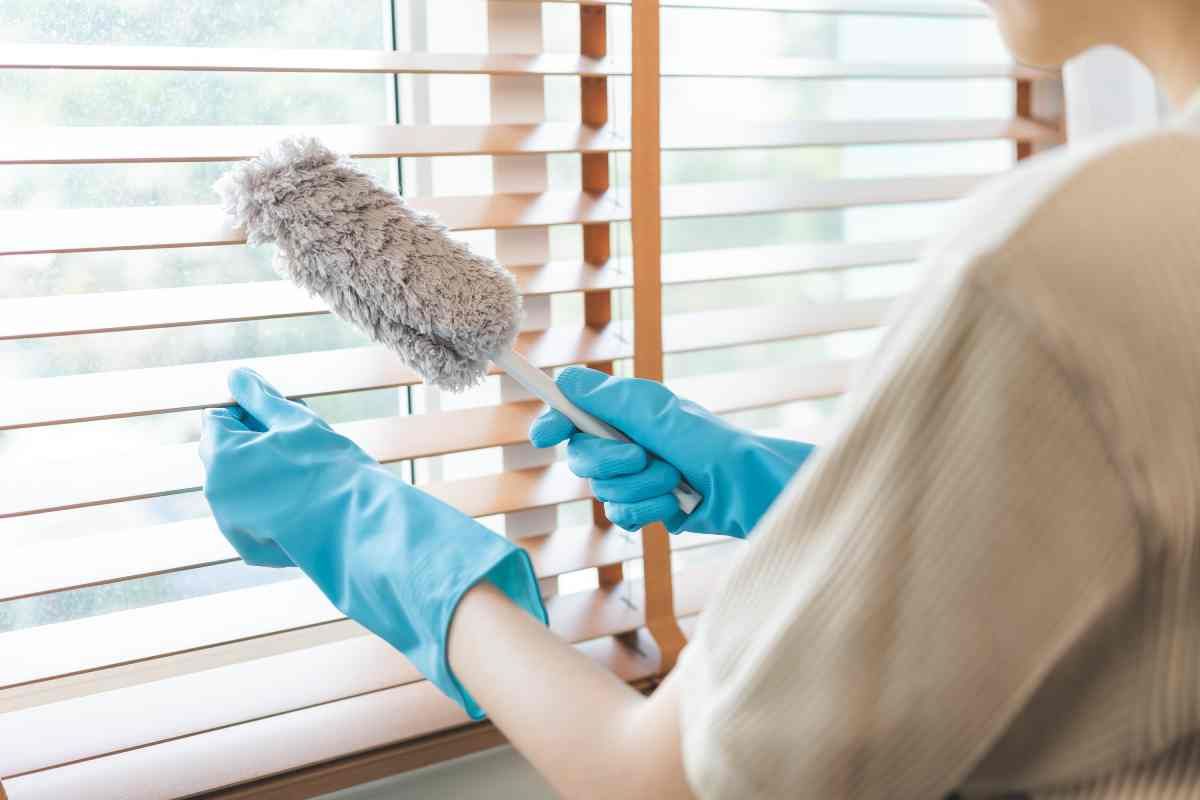
Do’s and Don’ts of Cleaning Window Coverings
Do:
- Use a
microfiber cloth weekly
- Vacuum with a
HEPA filter attachment
- Follow manufacturer instructions for deeper cleans
Don’t:
- Use harsh chemical sprays
- Let fabric coverings go months without cleaning
- Ignore mold spots in humid seasons
Seasonal Cleaning Schedule:
- Spring/Fall: Deep clean or replace old coverings
- Summer/Winter: Focus on moisture control and light dusting
Use
allergen-neutral sprays for safe surface sanitation.
Smart Blinds for Allergy Relief: A Modern Solution
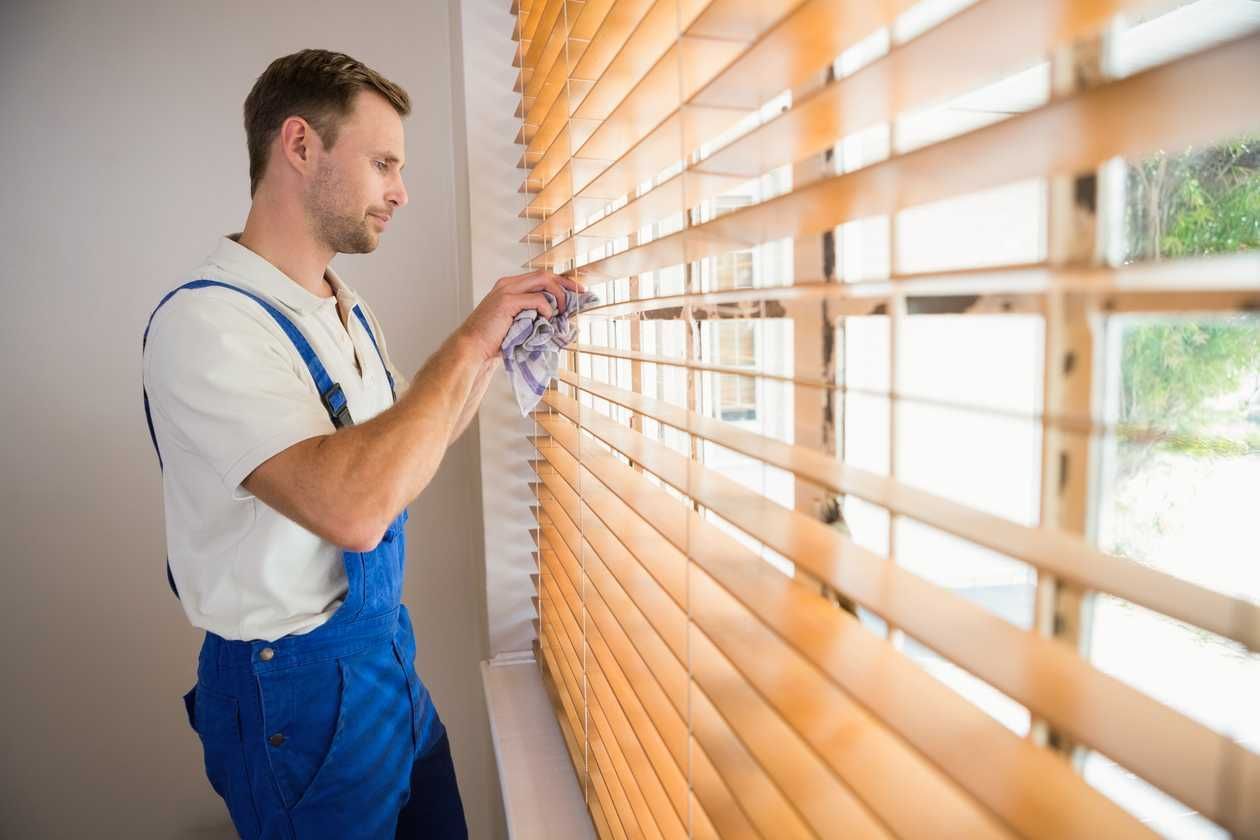
Technology can do more than just open and close your blinds — it can actively support air quality.
Benefits of Motorized Window Treatments:
- Reduce physical contact with allergen-prone surfaces
- Can sync with
HEPA filter alerts or
air quality monitors
- Control shades via
voice commands with Google Home or Alexa
Pairing your blinds with smart home sensors allows your system to automatically close windows during high pollen hours.
Certified Safe: Materials and Certifications to Trust

Look for These Labels:
- GREENGUARD Gold – low-emission and tested for chemical safety
- OEKO-TEX – ensures fabrics are free from harmful substances
- Lead-Free, Formaldehyde-Free – especially important for kids’ rooms
When in doubt, ask your window treatment retailer for documentation or material data sheets to verify safety.
FAQs





